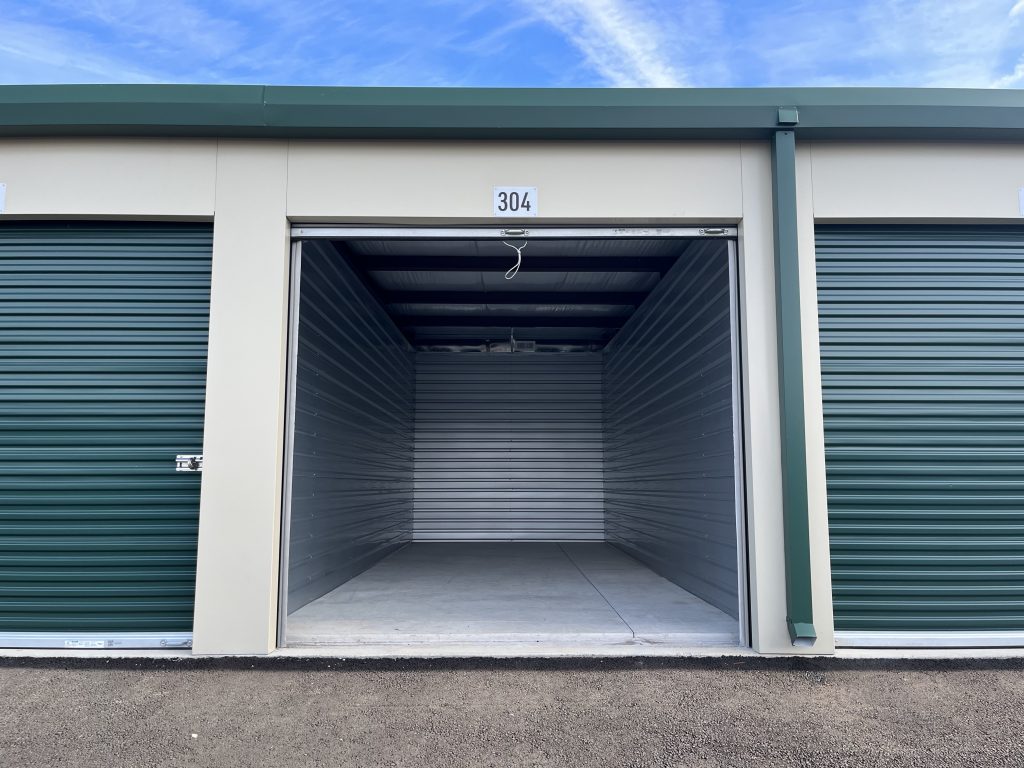Efficient storage management is a critical consideration in both residential and commercial settings. The challenge lies not only in accommodating various items but also in utilizing the available space to its fullest potential. To address this challenge, the concept of smart storage sizing has emerged, emphasizing the optimization of space by employing different unit sizes. This approach maximizes storage capacity while maintaining accessibility and aesthetics. Traditional storage solutions often involve uniform shelves or compartments that might not be suitable for items of varying dimensions. Smart storage sizing transcends this limitation by incorporating diverse unit sizes within the storage system. This concept can be applied to various contexts, including closets, kitchens, warehouses, and digital storage systems. In residential spaces, implementing smart storage sizing involves understanding the types of items that need to be stored and tailoring the storage units accordingly. For instance, a closet can be equipped with a combination of hanging racks for garments, compact shelves for shoes, and drawers for accessories.

By customizing each compartment’s dimensions, this approach optimizes the use of available space and provides a designated spot for every item. In the context of a kitchen, smart storage sizing takes into account the range of cookware, utensils, and food items that need to be accommodated. Cabinets can be designed with specialized shelves for spices, adjustable dividers for pots and pans, and pull-out racks for easy access to stored items. Commercial and industrial settings can benefit from smart storage sizing as well. Warehouses dealing with various products of different sizes can utilize adjustable shelving systems that can be reconfigured as needed. Digital storage systems have also embraced the concept of smart sizing. With the ever-increasing volume of digital data, efficient data management is crucial. By employing tiered storage solutions, where frequently accessed data is stored on faster and more expensive storage devices while less frequently accessed data is stored on slower and cheaper devices, organizations can optimize storage costs without compromising accessibility.
This adaptability allows for efficient use of vertical space and ensures that items are stored safely and conveniently. The key to successfully implementing smart storage sizing lies in meticulous planning and customization. Understanding the dimensions and characteristics of items to be stored, as well as the frequency of access, is essential in determining the appropriate sizes of storage units. Flexibility is also crucial, as storage needs may evolve over time, requiring the ability to adjust shelving, compartments, or digital storage tiers. Furthermore, aesthetics should not be overlooked in the pursuit of efficient storage. A well-designed smart storage system not only maximizes space but also enhances the overall visual appeal of the space. This is particularly relevant in residential settings, where storage solutions that blend seamlessly with the décor contribute to a more pleasant living environment. By embracing diverse unit sizes and tailoring storage solutions to the specific needs of items and spaces, this approach optimizes storage capacity while maintaining accessibility and aesthetics and get about us. Whether in homes, commercial spaces, or digital environments, the principles of smart storage sizing offer a practical and efficient solution to the age-old problem of managing space and belongings.